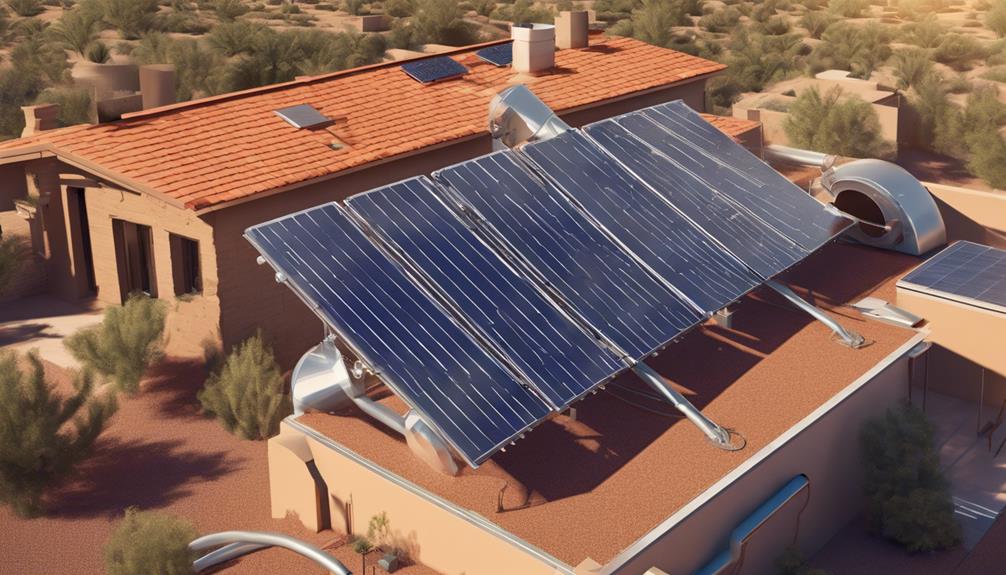
Ground mount solar panels are rapidly gaining popularity as an efficient and effective way to harness solar energy. Unlike roof-mounted systems, these panels are installed on the ground, making them an ideal solution for homeowners and businesses with ample land. In this comprehensive guide, we will explore everything you need to know about ground mount solar panels, including their benefits, installation process, and maintenance tips.
What Are Ground Mount Solar Panels?
Ground mount solar panels are photovoltaic (PV) systems installed on a dedicated structure on the ground rather than on rooftops. They consist of solar panels, mounting racks, and necessary electrical components. This installation type is particularly beneficial for properties with large open spaces, as it allows for optimal solar exposure and flexibility in system design. Ground mount systems can be fixed or adjustable, with adjustable mounts allowing the angle of the panels to be changed to maximize solar energy capture throughout the year.
Benefits of Ground Mount Solar Panels
One of the primary advantages of ground mount solar panels is their ability to capture sunlight more efficiently. Since they are not restricted by roof space or angle, they can be oriented perfectly towards the sun, enhancing energy output. Additionally, ground mount systems are easier to access for maintenance and cleaning compared to roof-mounted panels. This accessibility can increase the longevity and efficiency of the system. Moreover, ground mount installations can be expanded more easily, allowing homeowners to add more panels as energy needs grow.
Choosing the Right Location for Your Ground Mount System
Selecting the ideal location for your ground mount solar panels is crucial for maximizing their efficiency. The site should have minimal shade from trees, buildings, or other obstructions. It’s also important to consider the angle of the land; a slight slope can aid in drainage and prevent water accumulation. Conducting a solar site assessment can help determine the best positioning and orientation for your panels. Additionally, local zoning regulations and permits should be reviewed to ensure compliance with installation requirements.
Installation Process of Ground Mount Solar Panels
The installation of ground mount solar panels typically involves several steps. First, a site assessment is conducted to evaluate the land and determine the optimal placement and design. Next, the mounting structure is installed, which may require concrete footings or anchors depending on the soil type. After the structure is secured, the solar panels are mounted and connected to the inverter and electrical system. Finally, a qualified electrician will connect the system to the grid or battery storage, ensuring everything is up to code. It’s essential to hire experienced professionals for the installation to guarantee safety and efficiency.
Ground Mount Solar Panels vs. Roof-Mounted Systems
While both ground mount and roof-mounted solar panels serve the same purpose—harnessing solar energy—there are key differences to consider. Ground mount systems typically offer greater flexibility in design and positioning, allowing for optimal sunlight exposure. They are also easier to maintain and expand. On the other hand, roof-mounted systems are often less intrusive and can utilize existing structures, saving space. The choice between the two depends on individual circumstances, including available land, budget, and energy needs.
Cost Considerations for Ground Mount Solar Panels
Investing in ground mount solar panels involves several costs, including equipment, installation, and ongoing maintenance. The initial investment can be higher than roof-mounted systems due to the additional materials and labor needed for ground installations. However, the long-term savings on energy bills and potential tax incentives can offset these costs. It’s important to obtain quotes from multiple solar providers to compare pricing and financing options. Additionally, consider the long-term benefits of energy independence and sustainability when evaluating the cost.
Maintenance Tips for Ground Mount Solar Panels
To ensure the longevity and efficiency of your ground mount solar panels, regular maintenance is essential. This includes periodic cleaning to remove dirt, debris, and snow that can obstruct sunlight. Inspecting the mounting structure for rust or damage is also crucial. It’s advisable to have a professional technician conduct an annual inspection to identify any potential issues early on. Additionally, monitoring your system’s performance through monitoring software can alert you to any drops in energy production, indicating the need for maintenance.
The Future of Ground Mount Solar Panels
As the demand for renewable energy continues to rise, the future of ground mount solar panels looks promising. Technological advancements are leading to more efficient panels and innovative mounting solutions that can enhance energy capture. Furthermore, as more homeowners and businesses recognize the environmental and economic benefits of solar energy, ground mount systems are expected to become increasingly popular. Investing in a ground mount solar panel system not only contributes to a sustainable future but also provides long-term financial benefits.
In conclusion, ground mount solar panels offer a versatile and efficient solution for harnessing solar energy. With numerous benefits, an array of installation options, and the potential for significant savings, they represent a smart investment for anyone looking to transition to renewable energy. By understanding the installation process, maintenance needs, and future trends, you can make informed decisions that align with your energy goals. If you’re considering solar energy, ground mount solar panels could be the perfect fit for your home or business.





